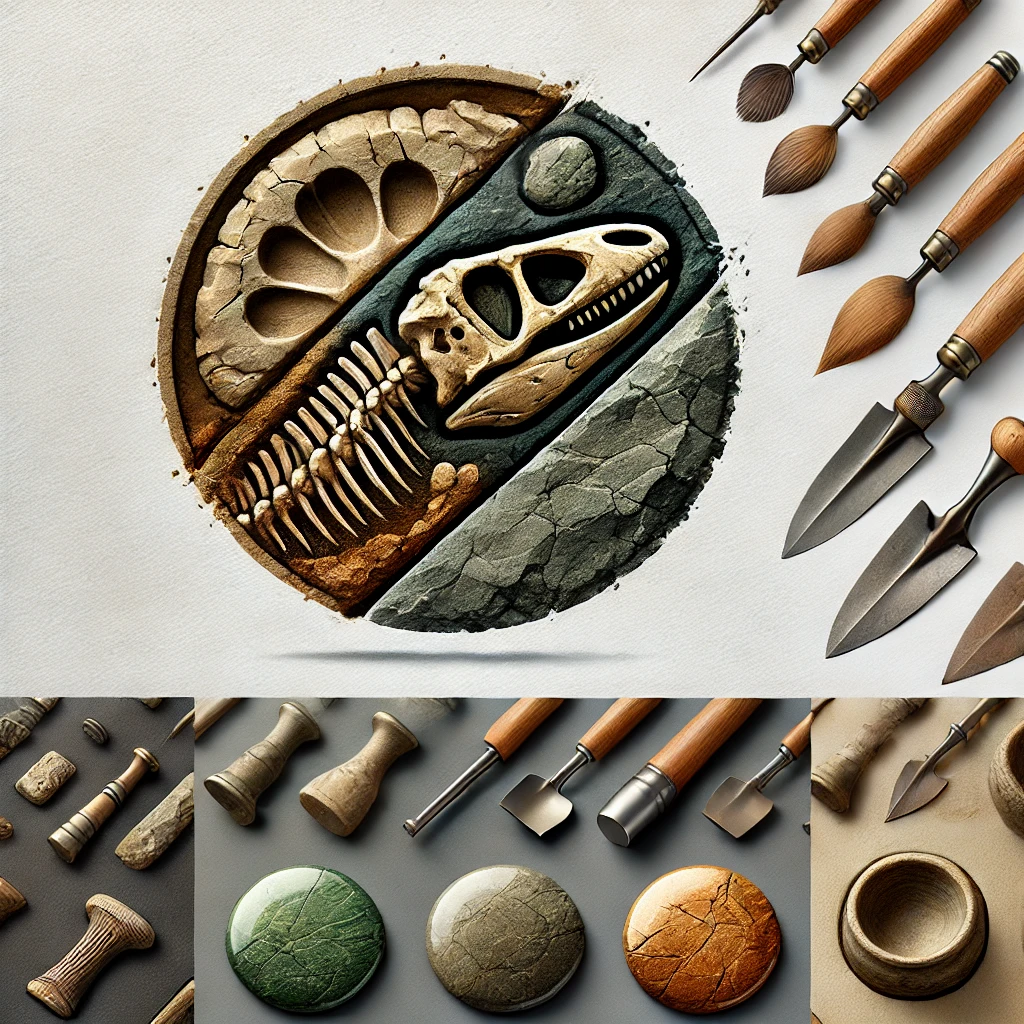The Sidamara Sarcophagus: A Monumental Tale Carved in Stone
In the heart of ancient Anatolia, a colossal stone coffin lay hidden beneath layers of earth and time. Weighing approximately 32 tons, the Sidamara Sarcophagus stands as one of the largest and most intricately carved Roman sarcophagi ever discovered. Its journey from the ancient city of Sidamara to the Istanbul Archaeology Museums is a testament to the enduring allure of history and art.
The Discovery of the Sidamara Sarcophagus
Unearthing a Roman Marvel
In 1900, in what is now Ambar Village in Turkey, the Sidamara Sarcophagus was unearthed, revealing a masterpiece of Roman funerary art. The sarcophagus, dating back to the 3rd century AD, was discovered in a necropolis, its massive form concealed for centuries beneath the Anatolian soil.
Osman Hamdi Bey’s Role
The renowned Ottoman archaeologist Osman Hamdi Bey recognized the sarcophagus’s significance and orchestrated its transportation to Istanbul. The journey was no small feat; moving a 32-ton artifact required meticulous planning and immense effort.
A Home in Istanbul
Today, the Sidamara Sarcophagus resides in the Istanbul Archaeology Museums, where it continues to captivate visitors with its grandeur and the stories etched into its stone.
The Intricate Carvings of the Sidamara Sarcophagus
Depictions of Daily Life and Mythology
The sarcophagus’s sides are adorned with high-relief carvings portraying scenes from daily life and mythology. Figures of warriors, philosophers, and deities emerge from the stone, each telling a fragment of a larger narrative.
The Reclining Couple
Atop the lid, a reclining couple is sculpted with remarkable detail. The man, possibly a philosopher, holds a scroll, symbolizing wisdom and contemplation. Beside him, a woman gazes toward him, her expression serene, perhaps representing his wife or muse.
The Daughter as Artemis
One panel features a young girl dressed in the robes of Artemis, the Greek goddess of the hunt. This depiction is believed to represent the couple’s daughter, linking the family to divine protection and emphasizing their status.
The Significance of the Sidamara Sarcophagus
A Testament to Roman Artistry
The Sidamara Sarcophagus exemplifies the pinnacle of Roman sculptural art, showcasing the skill and creativity of ancient artisans. Its detailed reliefs and monumental scale reflect the importance of the individuals interred within.
Cultural and Historical Insights
Beyond its artistic value, the sarcophagus offers insights into Roman beliefs about death, the afterlife, and the commemoration of the deceased. The integration of mythological and real-life imagery illustrates the blending of personal identity with cultural narratives.
Preservation and Legacy
The preservation of the Sidamara Sarcophagus allows contemporary audiences to connect with the ancient world. Its presence in the Istanbul Archaeology Museums ensures that the stories carved into its stone continue to inspire and educate future generations.
Reflections on the Sidamara Sarcophagus
Standing before the Sidamara Sarcophagus, one is struck by the timelessness of its artistry and the universality of its themes. Love, wisdom, family, and the quest for immortality are all captured in stone, inviting us to ponder our own legacies.

CÁC TIN KHÁC
Mary Walton: The Forgotten Inventor Who Helped Clean Up America’s Cities
Tomb of Queen Nefertari in the Valley of the Queens, Egypt
Discover the Hypostyle Hall of the Temple of Hathor at Dendera
Venus de Losange: Unveiling the Mystery of a 20,000-Year-Old Paleolithic Icon